Scutellaria is a large genus of herbaceous perennial plants within the mint family (Lamiaceae), which also includes herbs like lavender, rosemary, and basil. The genus name comes from the Latin word “scutella,” meaning a small dish or cup, referring to the shape of the calyx after the flowers fall. The common name “skullcap” is a nod to the helmets worn in the Middle Ages.
There are numerous skullcap species globally, each adapted to various growing conditions. In North America, the most common species is Scutellaria lateriflora, often called American skullcap. Other notable varieties include Scutellaria suffrutescens (pink skullcap) and Scutellaria californica (California skullcap). A widely studied species is Scutellaria baicalensis (Chinese skullcap), used in traditional herbal medicine for centuries. Today, many skullcap products are available as herbal remedies.
Skullcaps are relatively easy to grow, with minimal pest or disease issues. They produce vibrant displays of pink, purple, white, or blue flowers. Different species thrive in varying conditions, but all are valued for their resilience and beauty, making them excellent additions to many landscapes.
All About the Skullcap Plant
In winter, the aerial parts of the skullcap plant die back, but they return in spring as new growth, forming bright green basal rosette clusters. As the season progresses, multiple stems emerge from the rosette. Skullcap herbs make excellent additions to landscapes, whether used as wildflower borders, planted near ponds, or featured in rock gardens. A notable bonus of growing skullcap is its ability to attract pollinators.
Although there are many species within the Scutellaria genus, they all share one key feature—their calyxes, located at the base of the flowers, resemble small skullcaps. The flowers themselves are tubular, two-lipped, and indeterminate, growing in clusters on upper leaf axils, giving them a look similar to snapdragons. Each leaf axil can hold up to 14 flowers.
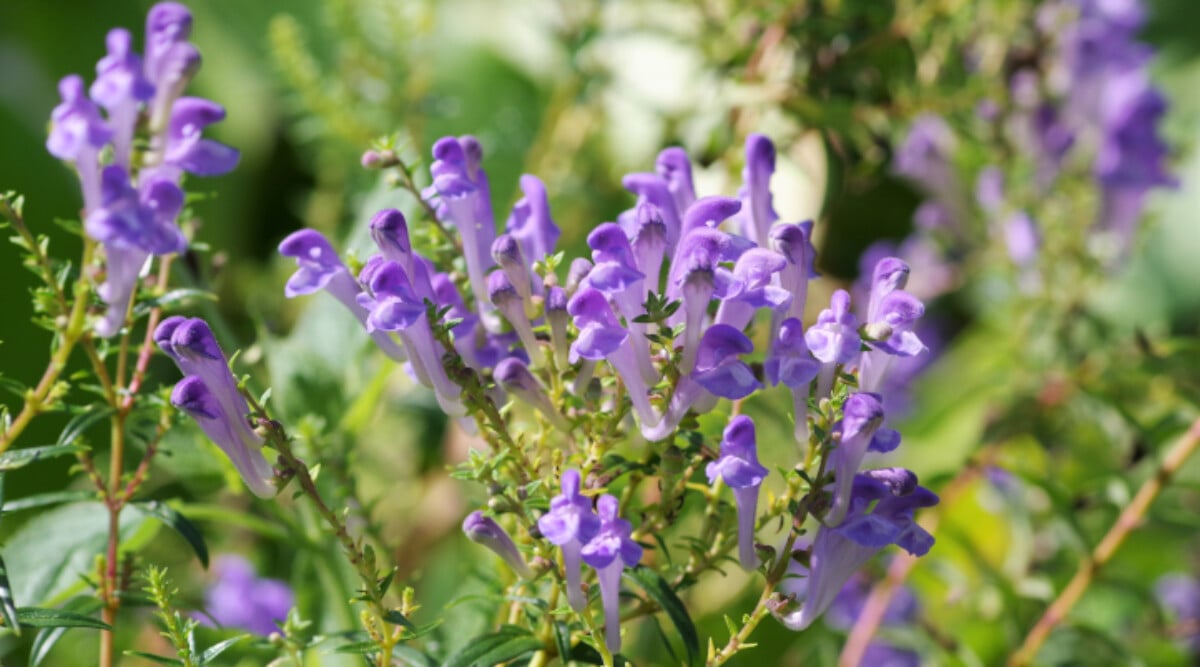
The leaves of skullcap plants are ovate, arranged oppositely along the stems, and vary in color from lime green to dark green. Some species also have toothed leaf margins. Many skullcaps are named for the color of their flowers, such as pink skullcap, cherry skullcap, and blue skullcap. The name is sometimes spelled “scullcap” as an alternative variation.
Around 35 skullcap species have been studied for their medicinal potential, with Scutellaria baicalensis being the most researched due to its high flavonoid content. While skullcap is not regulated as a medicine in the U.S., products like skullcap tea and extracts are commonly marketed as herbal remedies for anxiety, sleep disorders, and other conditions.
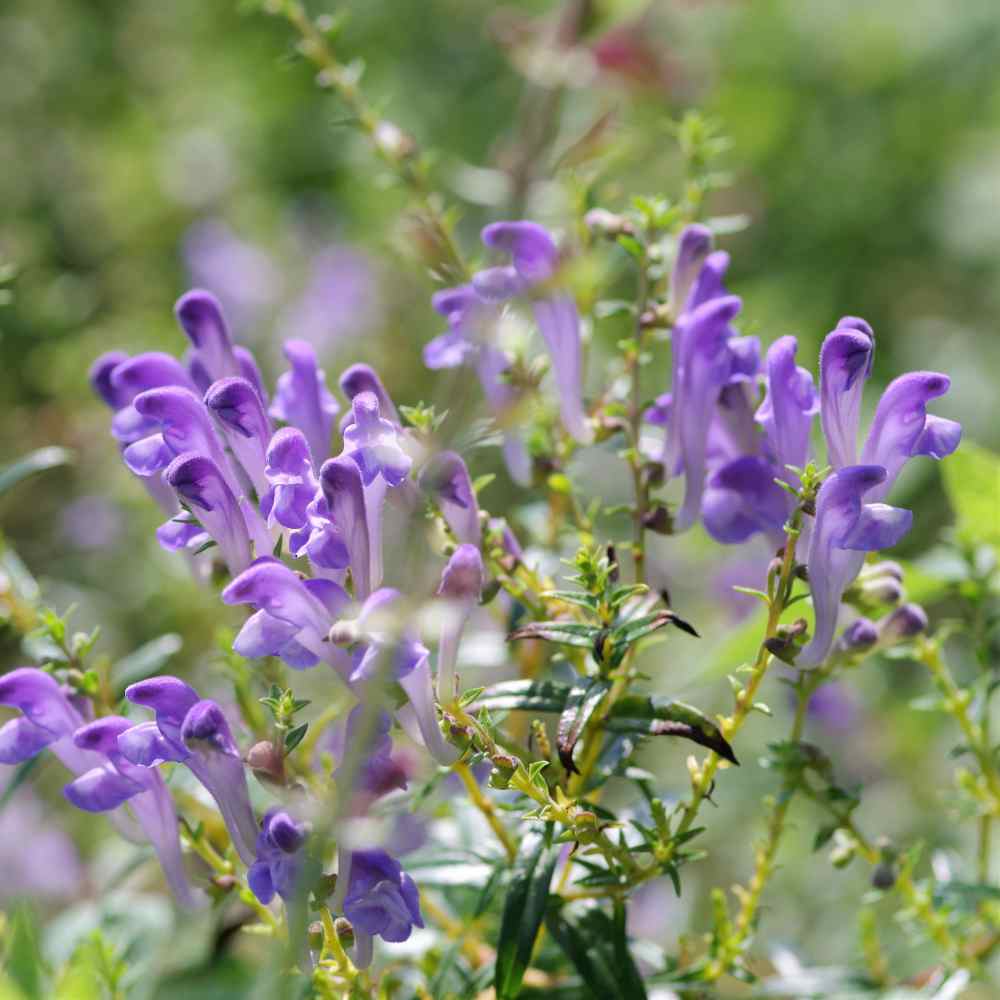
Skullcap Plant Care
Once established, skullcap plants are low-maintenance. However, their care requirements vary depending on the species. For example, Scutellaria lateriflora thrives in wetlands, while Scutellaria suffrutescens is drought-tolerant.
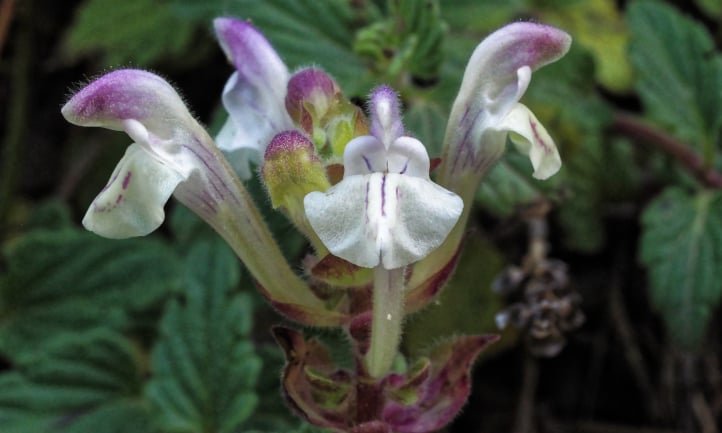
Sunlight and Temperature
Different species of skullcap have different sunlight and temperature needs. S. lateriflora has a wide growing range, thriving in USDA hardiness zones 2b to 7b. Other species prefer narrower zones, such as 6b to 8a. Most skullcaps require at least six hours of direct sunlight daily, with partial shade in the afternoon. Sunlight directly influences flower quantity and quality.
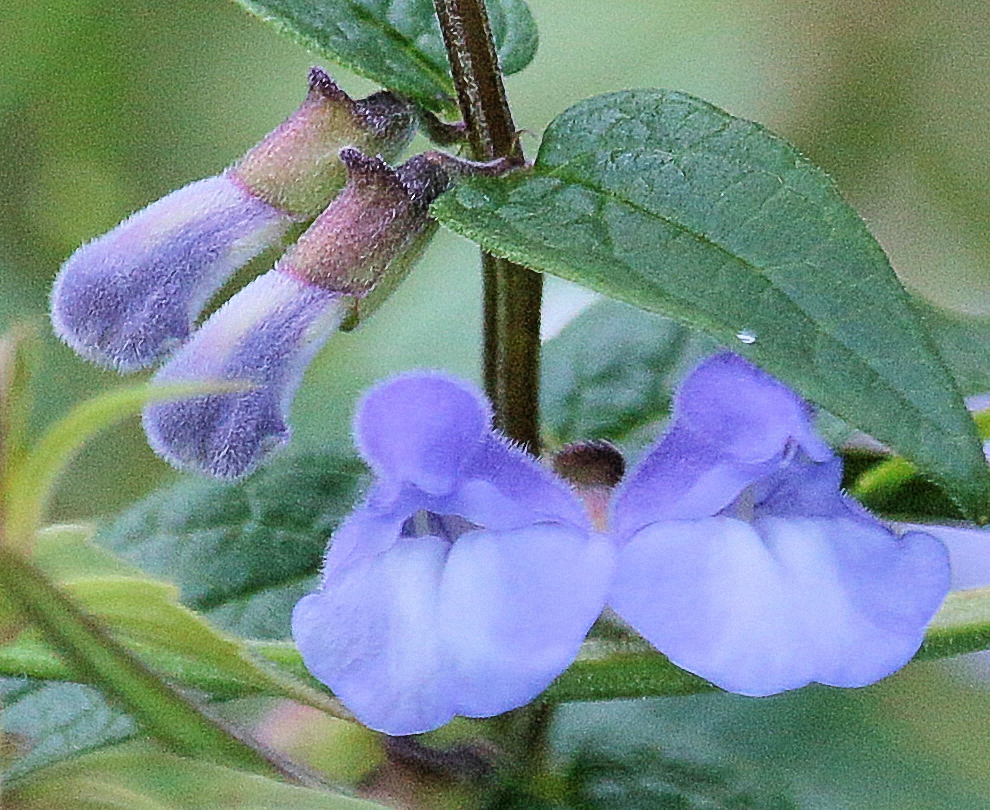
Water and Humidity
Watering and humidity requirements vary significantly depending on the species. If you plan to introduce skullcap to your garden, consider your local conditions and select a species suited to your environment. Many varieties become drought-tolerant once established.
Soil
Most Scutellaria species prefer well-draining soil rich in organic matter, often with a sandy or rocky texture. Soil pH preferences differ depending on the type. When grown for medicinal purposes, skullcap plants are often exposed to environmental stress, such as poor soil, to enhance the production of beneficial flavonoids.
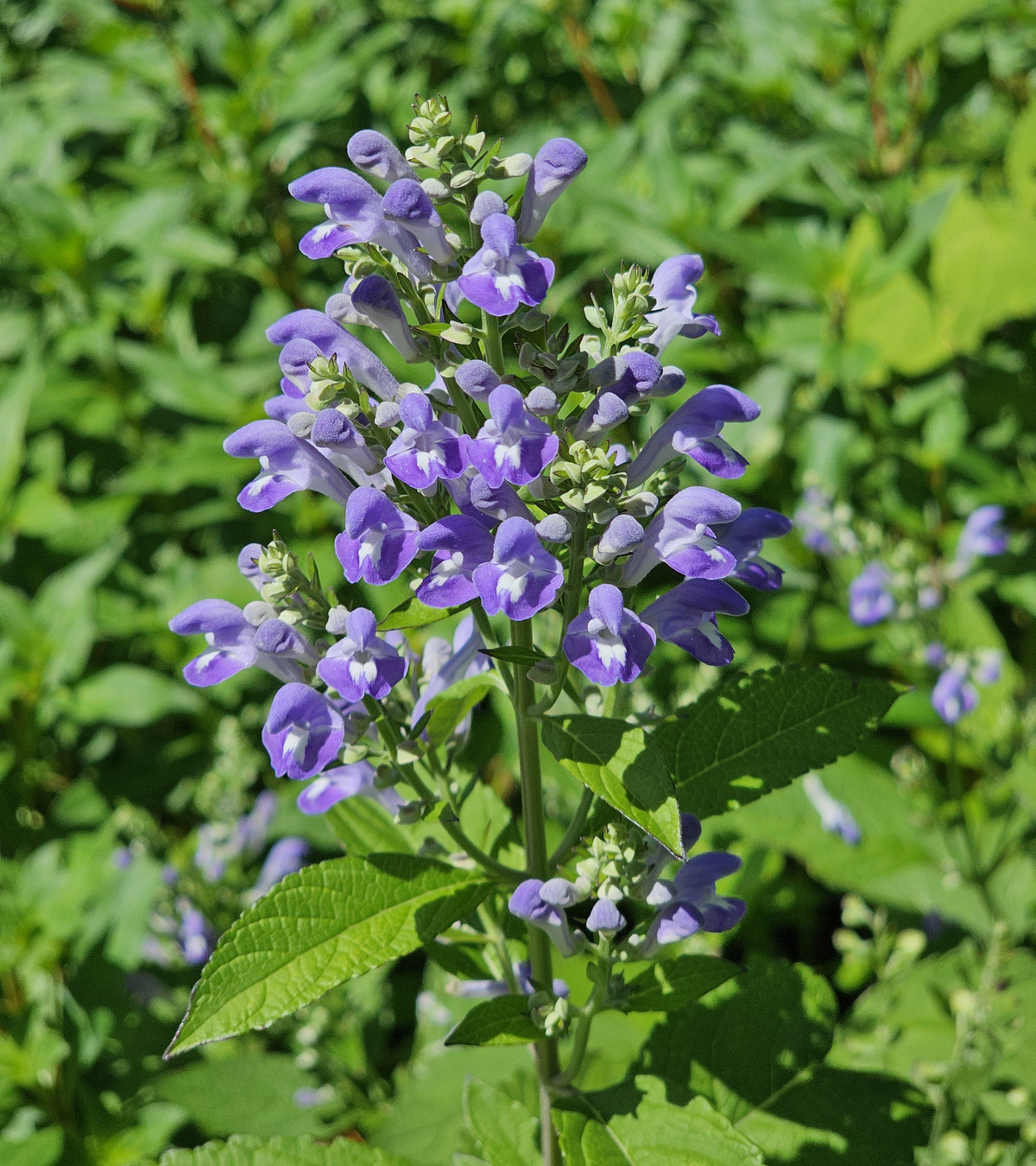
Fertilizing Skullcap Plants
Once established, skullcap plants don’t require much fertilization. To promote blooming, consider using a slow-release fertilizer, following the manufacturer’s guidelines. Opt for a low-nitrogen formula to encourage flower production rather than leaf growth.

Pruning Skullcap Plants
Pruning helps maintain the plant’s health. Early spring is an ideal time to trim old, woody growth and promote fuller growth in the center, which can thin out over time.
Propagating Skullcap Plants
Many Scutellaria species can be propagated by seed or root cuttings. They can be planted throughout the year and often self-seed. Each flower stalk produces many small black seeds, which require cold stratification and may take up to 30 days to germinate. Some nurseries offer ready-to-transplant seedlings.
Troubleshooting
Once established, skullcap plants are hardy and resistant to most pests and diseases. They are also deer-resistant.
Growing Issues
Although skullcap plants can grow in partial shade, full sun is ideal for promoting abundant flowering. Given the varying needs of different skullcap species, selecting the right type for your garden is crucial.

Pests
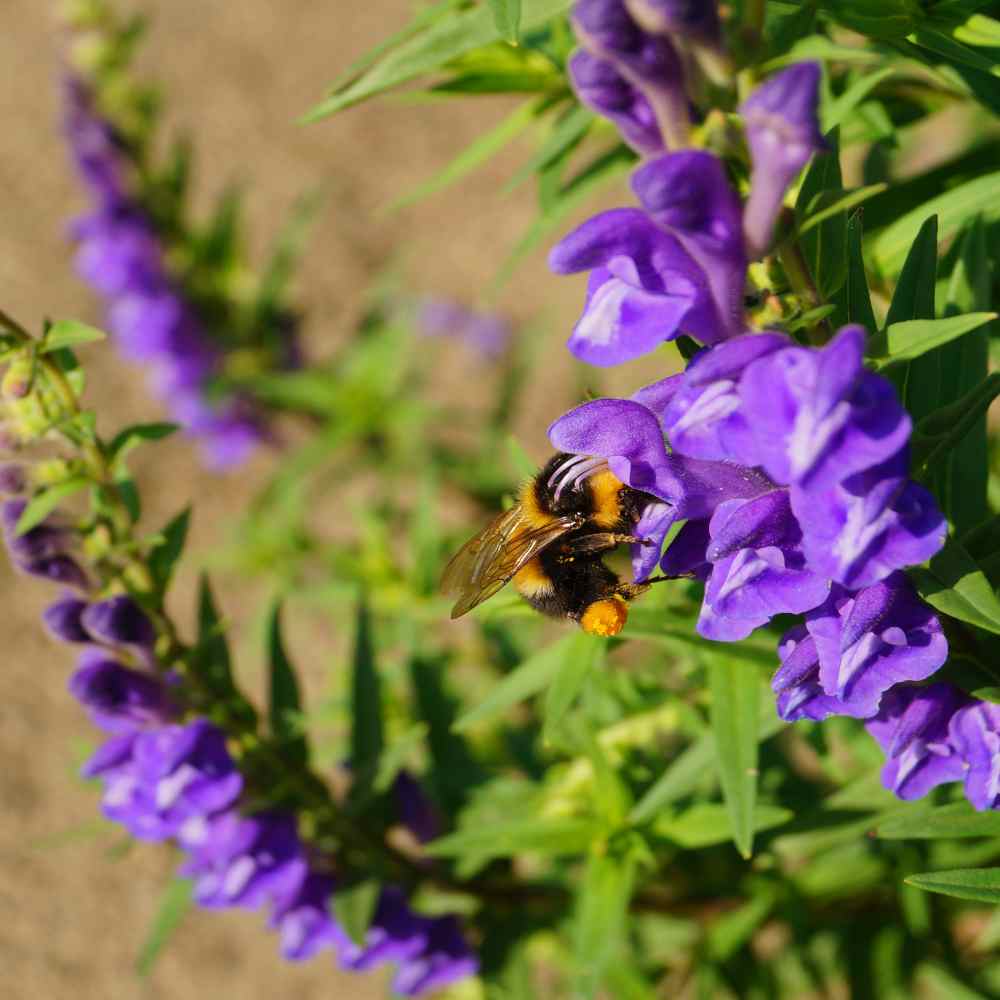
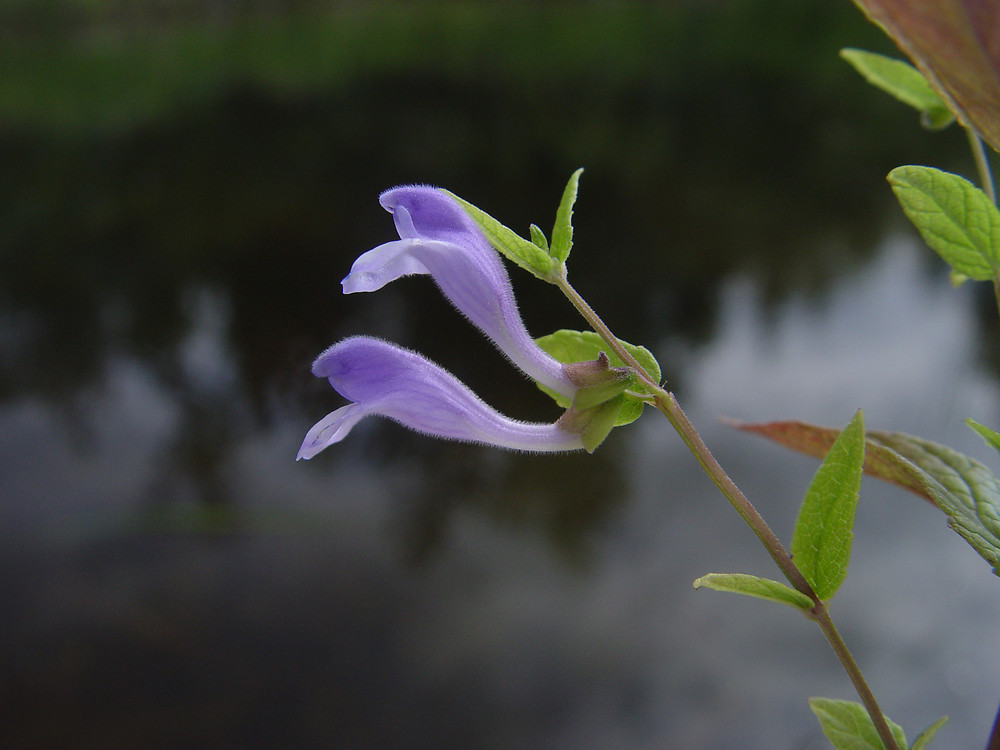
Diseases
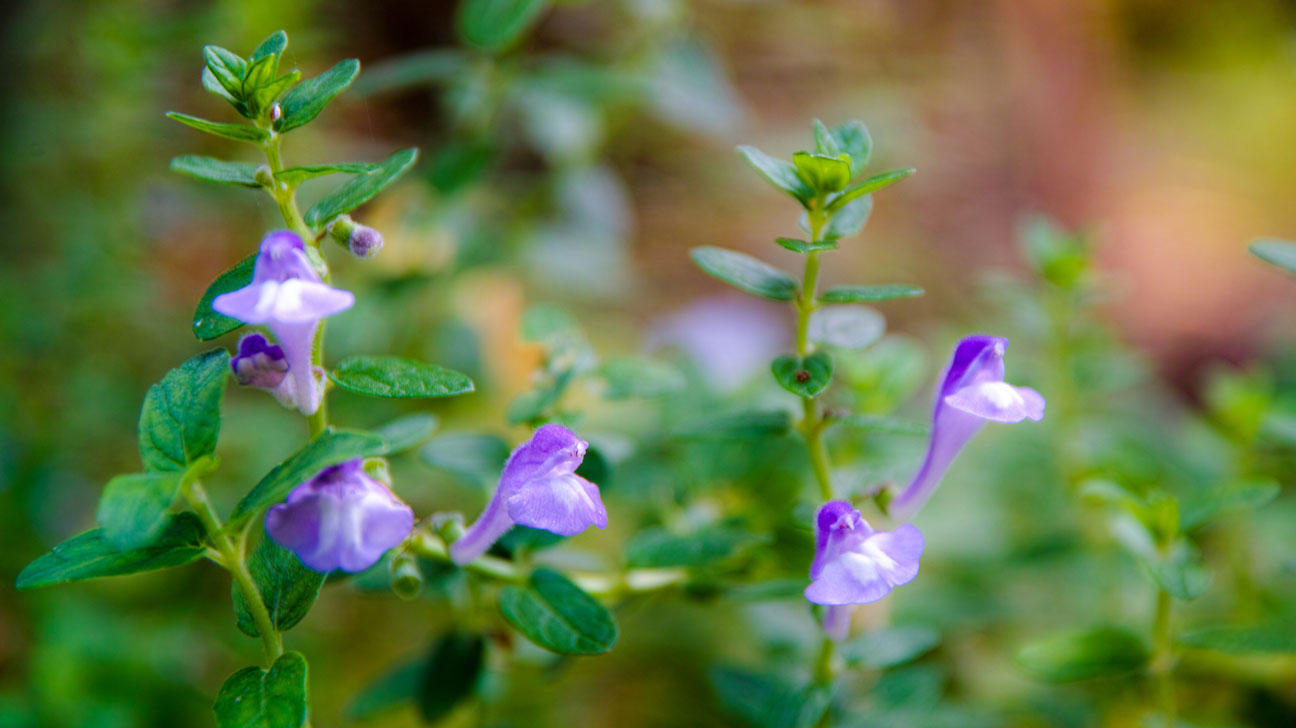
Conclusion
